The New York Times recently reported the research of Peter Wohlleben, a German forest ranger, whose book The Hidden Life of Trees: What They Feel, How They Communicate Discoveries From a Secret World, has become a best seller in Europe. In it, Wohlleben, who has spent his life studying trees, describes trees as social beings with social networks. His insights will change how you look at even an ordinary parking lot tree:
…They can count, learn and remember; nurse sick neighbors; warn each other of danger by sending electrical signals across a fungal network known as the “Wood Wide Web”; and, for reasons unknown, keep the ancient stumps of long-felled companions alive for centuries by feeding them a sugar solution through their roots…
… in nature, trees operate less like individuals and more as communal beings. Working together in networks and sharing resources, they increase their resistance.
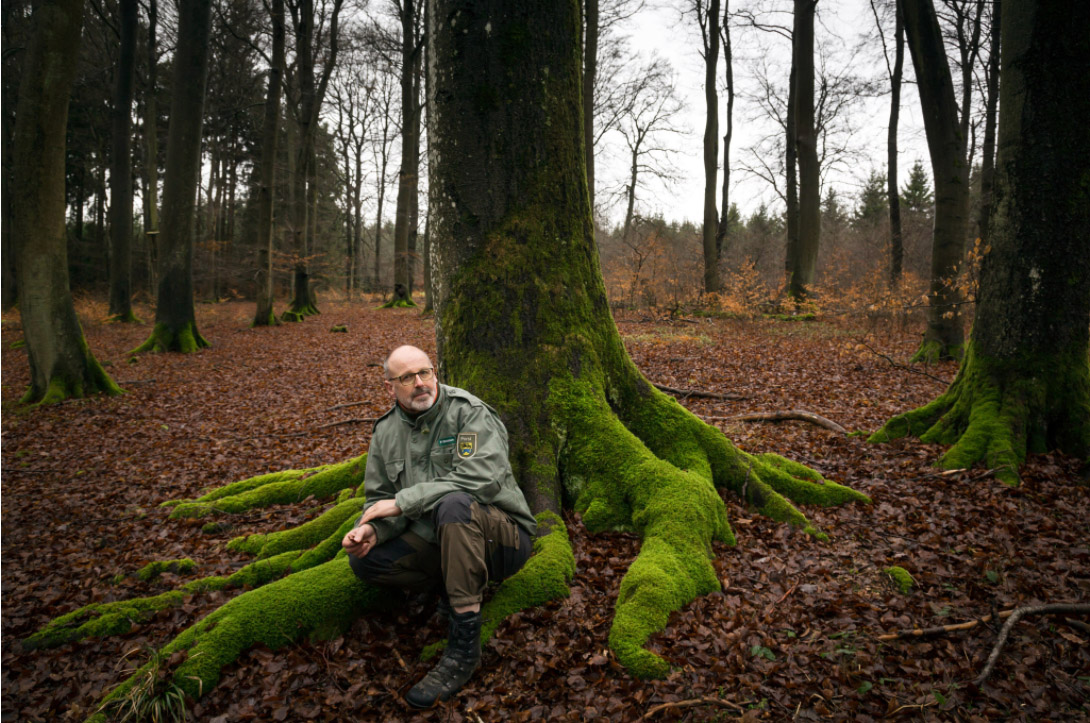
Wohlleben’s willingness to champion his ideas and his deep research in forestry caused him to develop alternate approaches to tree farming and forest maintenance that fly in the face of accepted “efficiency” thinking. By eliminating expensive machinary and chemicals, using horse-powered logging machines and eliminated insecticides, and treating the trees lovingly, while letting the forest grow wilder, he turned one German municipality’s forest from loss to profit, with much healthier trees.
The article is worth reading for Wohlkeben’s remarkable, charming and rather courageous story. (We’ve put our name on a waiting list to receive The Hidden Life of Trees: What They Feel, How They Communicate Discoveries From a Secret World when it’s published in the United States.)
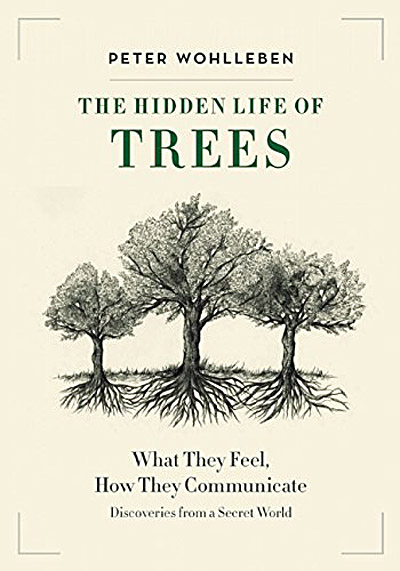
We have found that our view of trees has expanded. We’re reminded of Gary Snyder’s insightful, zennish, “tree intensity of mind” from a poem he wrote while walking sacred mountains near Kyoto*:
deep in the
older hills
one side rice plains
Yamato
one side black pebble
whale-spearing beach,
who built such shrine?
such god my face?
planing the beam
shaping the eave
blue sky
Keeps its shape.Thinking,
“symbols” do not stand for things,
but for the states of mind that engage those things.
/ Tree / = tree intensity of mind.


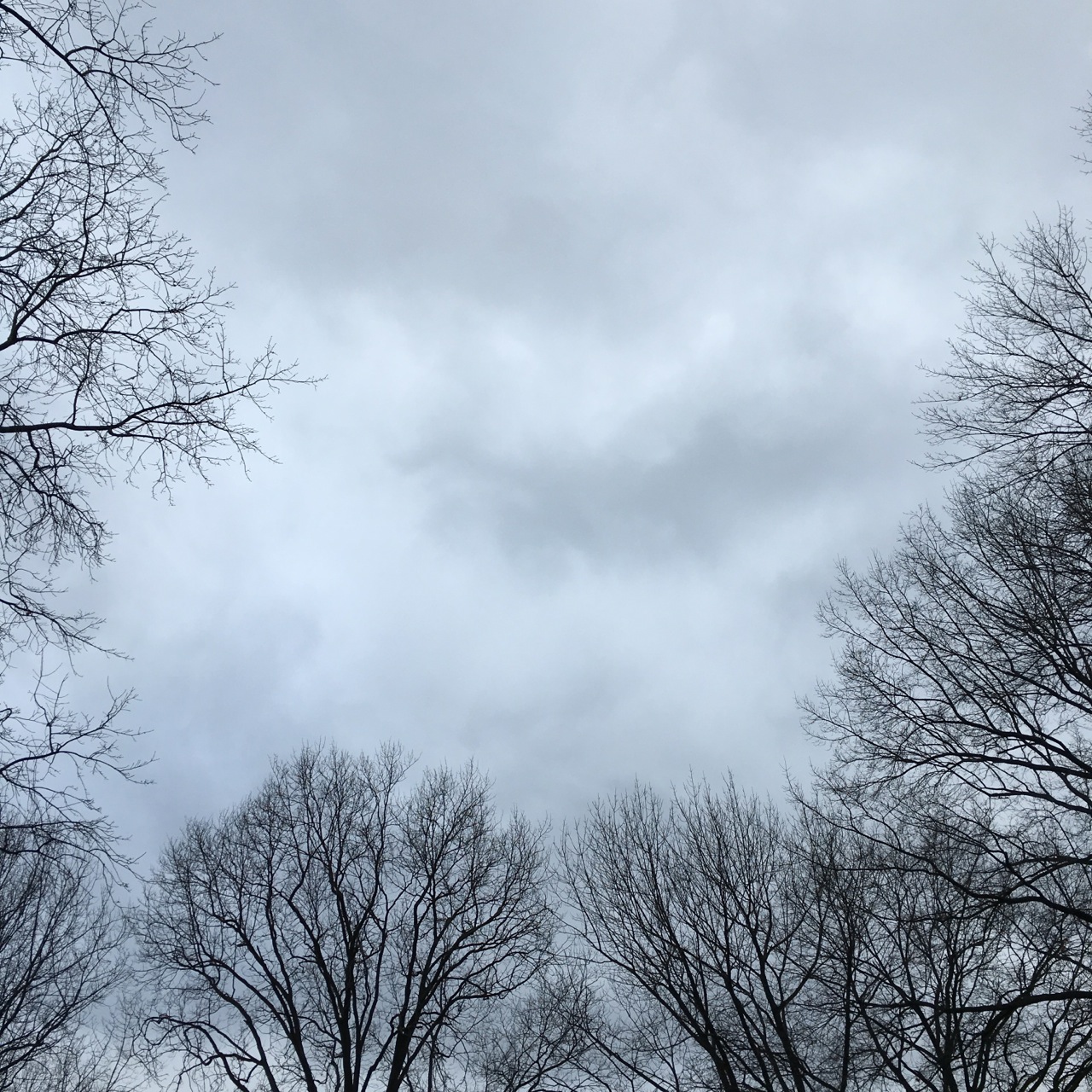

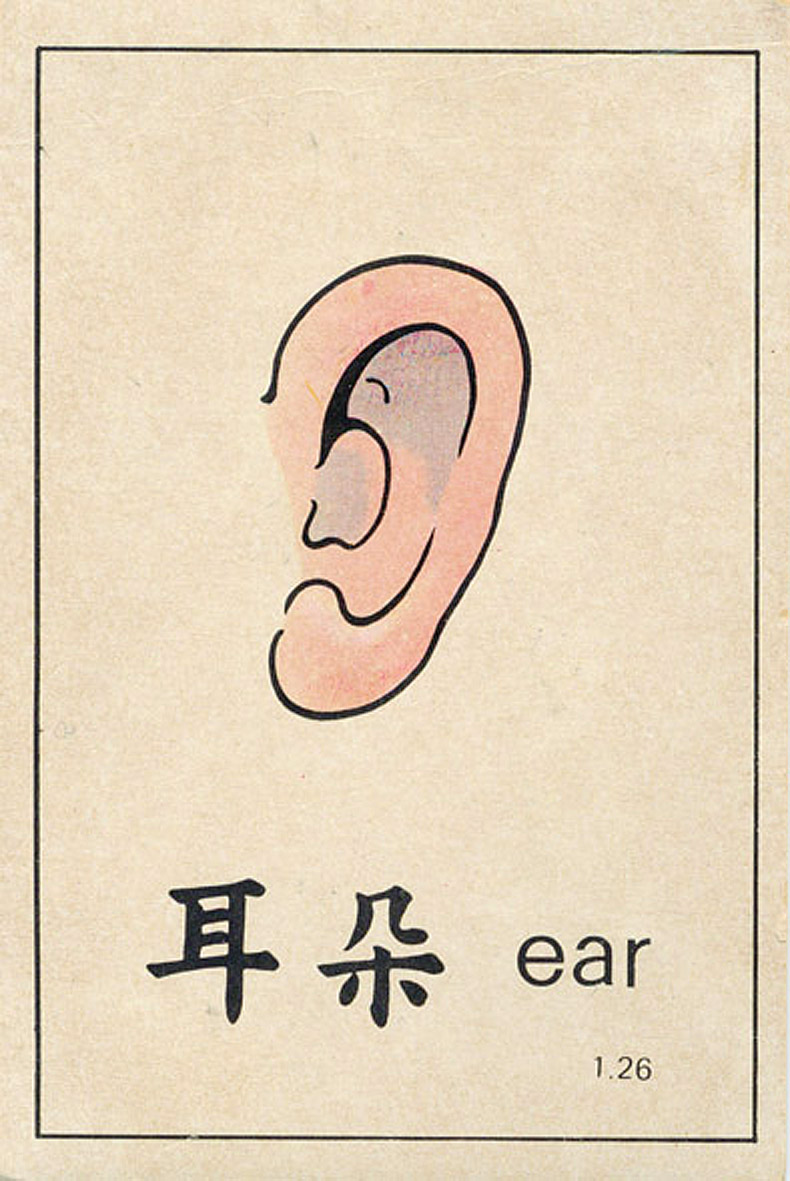
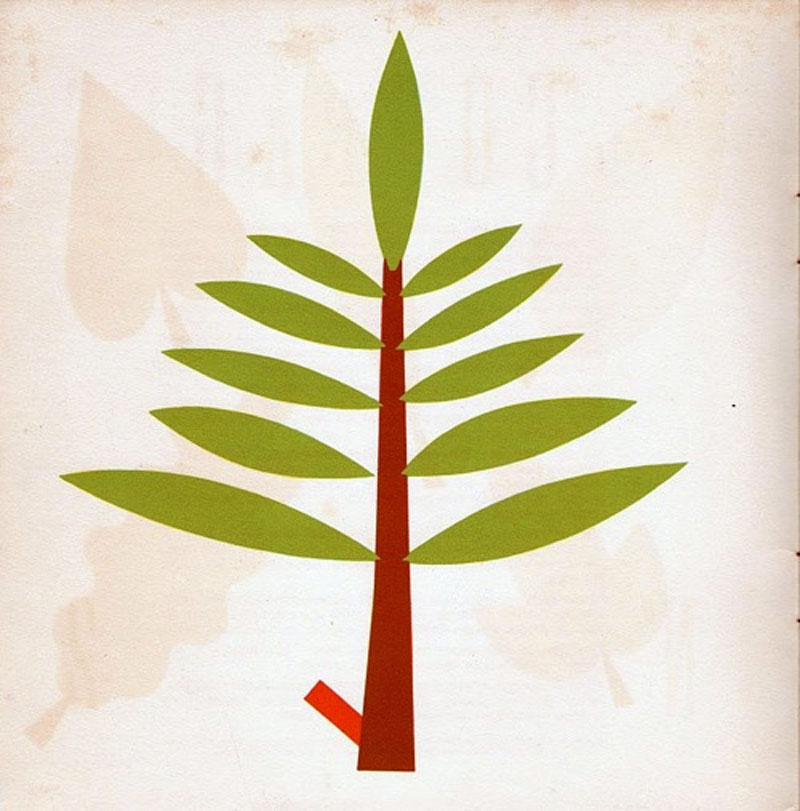
So glad you found it : )
He also stated in an interview how much of what he reasearched has been studied and the information made available, yet it is largely being ignored because of those who find a big profit by selling out their forests more important .
Oh, well..
YES, he did. The economic forces on forests are massive and destructive. He proved that they could be profitable AND healthy!
Yes , i now clicked on that article-link to the NYT where also the personal tree graves are mentioned . ..
btw. : ‘wood wide web’ ! )
I am reminded of another botany genius, Jürgen Feder, who can make one discover and look at plants from a new perspective -as he does e.g. on his -quite literal- field trips. His sense of humor also makes it easy to remember a lot of what one is shown and finds out about the flowers and trees .
Don’t we often walk by a world of little wonders that is right at our feet and all around us ..
~